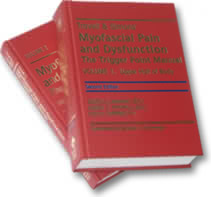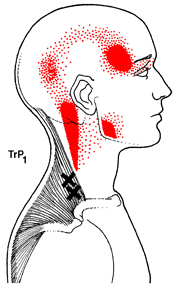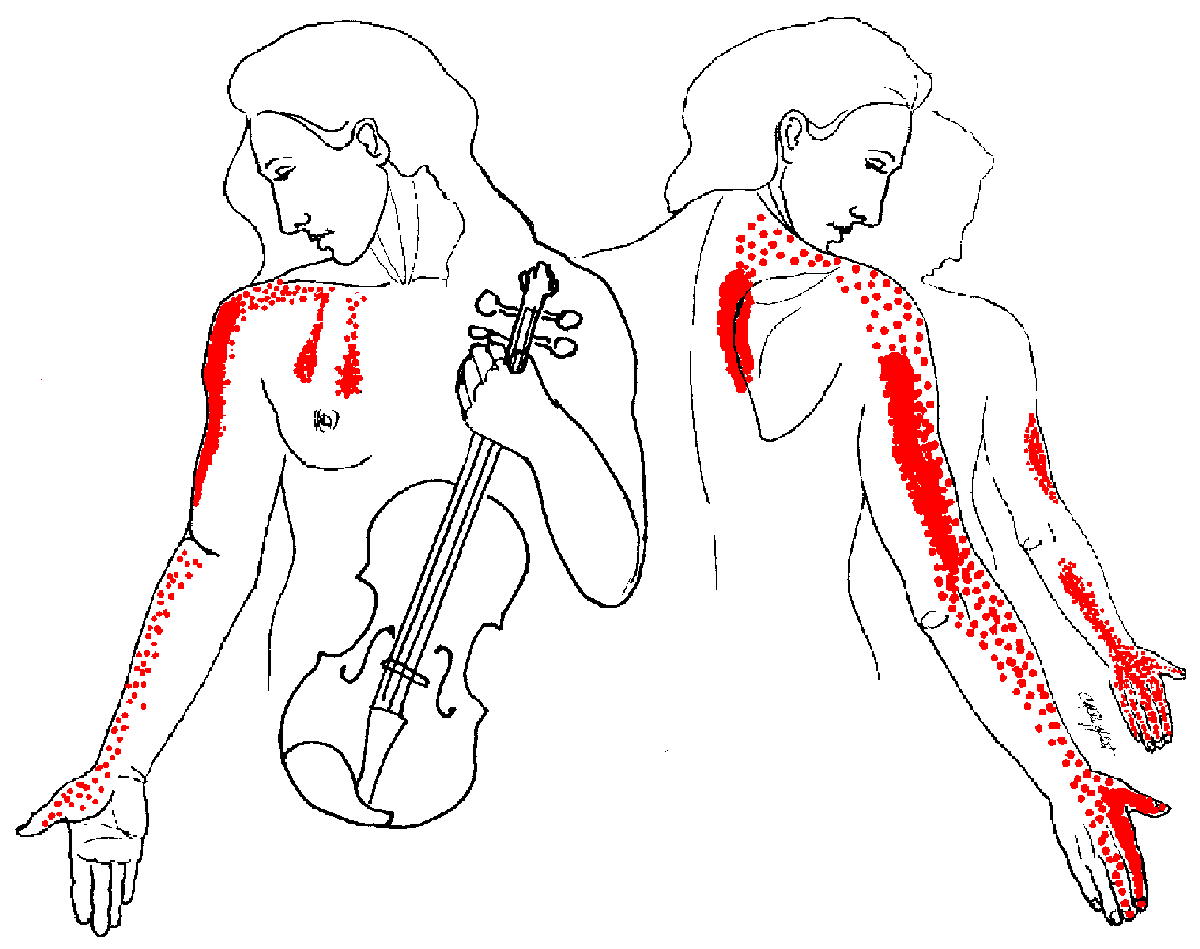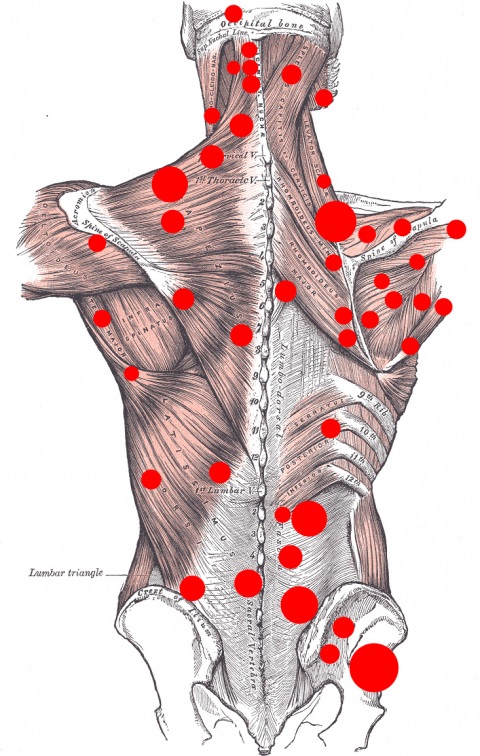Why Hasn't My Doctor Explained This to Me?
GOOD QUESTION!
Myofascial trigger points have been written about in medical journals for over 70 years, sadly, many doctors do not know that trigger points could be the cause of the pain you are experiencing.
Unless some one has 100+ hours of specific training, they may not have enough skill to treat you properly.
Trigger points are extremely common and are a very common cause of pain! As a matter of fact, myofascial trigger points are probably the most commonly ignored cause of pain!
Even the health care professionals that have heard of trigger points, or even understand them, might think to send the person to PT or Massage, but do not understand that SOME therapists are WELL TRAINED and others are not.
If the patient was sent to someone with little or no training, the results will not be positive and the doctor may then assume that trigger point therapy does not work. A weekend Continuing Education (CE) class or the training given in massage school is not enough to fully understand where to look for the trigger points causing the pain.
Massage therapy training is not enough, most PTs have very little training in the treatment of myofascial trigger points if any at all!
There are even some doctors that do not believe that trigger points exist and that your pain can only be treated by medications, PT, sugery or the "live with it". Or if the injury is old, that there is not hope of eliminating the trigger points. If YOU have read most of my website, YOU might know more than your doctor does.
Janet Travell was first published in 1942! http://jama.jamanetwork.com/article.aspx?articleid=257842 Until recently the information was ignored by most everyone! Bonnie Prudden published several books in the 1980s and Janet Travel and David Simons published Myofascial Pain and Dysfunction A Trigger Point Manual in 1984. Several other editions have been published since and there is much more research being done by some of the finest medical researchers in the world.
 The treatment of Trigger Points is sometimes associated with acupressure (an ancient Chinese medical process some doctors consider it a type of "quack" medicine) but that information is quite incorrect. Treating trigger points is not at all the same as acupressure and acupressure is NOT quackery!
The treatment of Trigger Points is sometimes associated with acupressure (an ancient Chinese medical process some doctors consider it a type of "quack" medicine) but that information is quite incorrect. Treating trigger points is not at all the same as acupressure and acupressure is NOT quackery!
Trigger points have actually been photographed in muscle tissue with the aid of electron microscopes. (Myofascial Pain and Dysfunction: The Trigger Point Manual, Travell & Simons, 1999). Many doctors are still not aware of this. There is no question that trigger points are REAL and that they cause pain, loss of work and play, account for an enormous amount of pain medications taken and the disastrous side effects that come with the over use of those medications.
There is also a lot of research being done on the fascia in the last few years! There are several conferences each year about this research, it is very big news!
Trigger Points are hard to find without the talented hands of a well trained therapist, even though most people with myofascial pain can tell you were they have many "knots". Many people have even figured out for themselves that if they press "here", the pain "there" goes away or lessens. To complicate matters further, a hallmark of trigger points is something called "referred pain." This means that trigger points typically send their pain to some other place in the body. This explains why so many conventional treatments fail. Without knowing the pain patterns and where to look for the trigger point CAUSING the pain, they can not be effectively treated.
Many health care professionals, MDs, DCs, PTs and massage therapists assume the problem is where the pain is. They never address the root cause of the problem - the actual trigger point that needs to be deactivated.
So, you could be feeling pain in your head, face or neck but the actual trigger point needing to be released is located in your shoulders or neck. Rubbing or using cold packs on your head, might help some to get rid of the headache, but you are not getting rid of the cause in the way that pressing on the upper Trapezius trigger point would.

Pain felt down the arms, even numbness is often misdiagnosed as "carpal tunnel". Very often the pain and numbness is caused by trigger points in the neck and torso. Cutting into the wrist will not fix the problem!

Some doctors are treating by "injecting trigger points", yet they are injecting in the wrong place, this explains why they will often tell a patient that it only works half the time. They also do not tell the patient to do stretches or how to correct the perpetuating factors, so even if it works, the pain returns. There are training programs for health professionals that teach Trigger Point "dry needling" and "injection". ASK where the person holding the needle got the training.
http://www.myopainseminars.com/seminars/
http://www.myopainseminars.com/resources/


